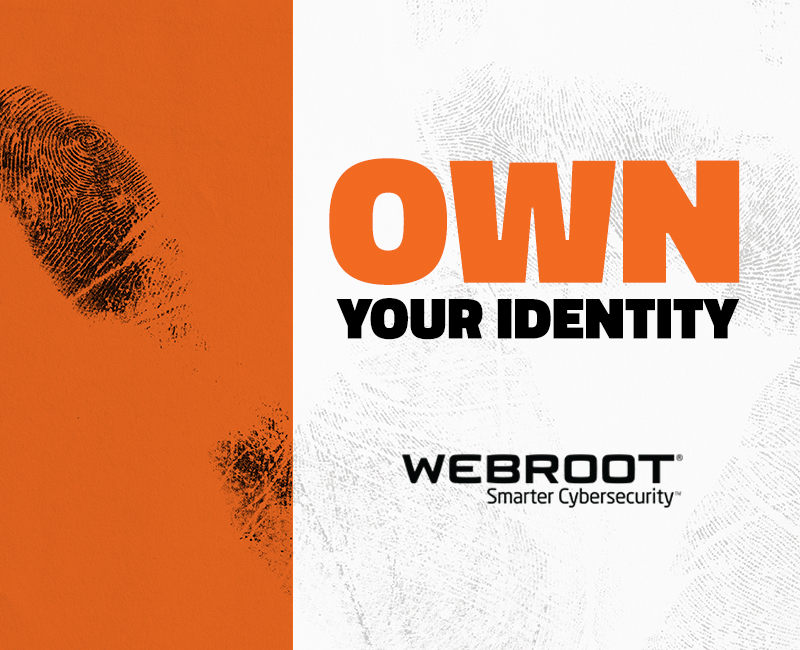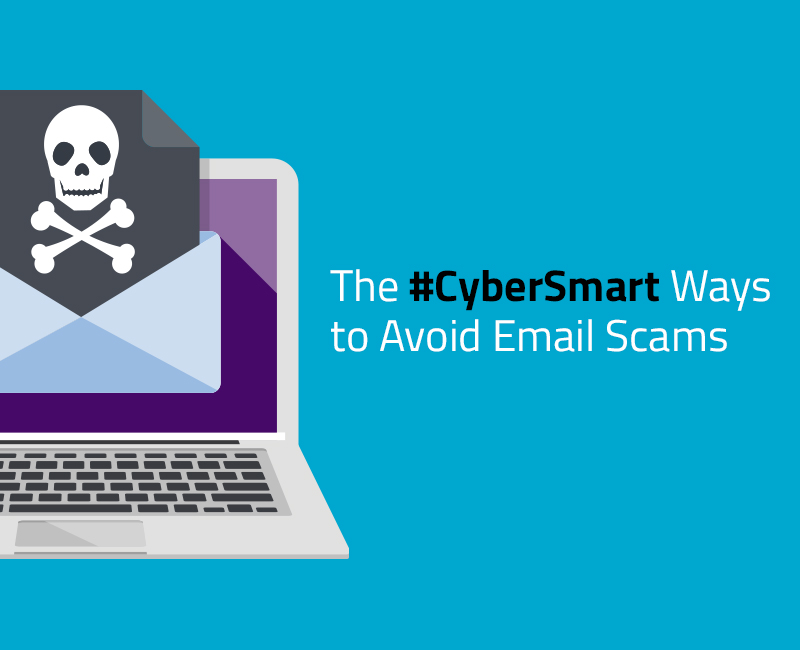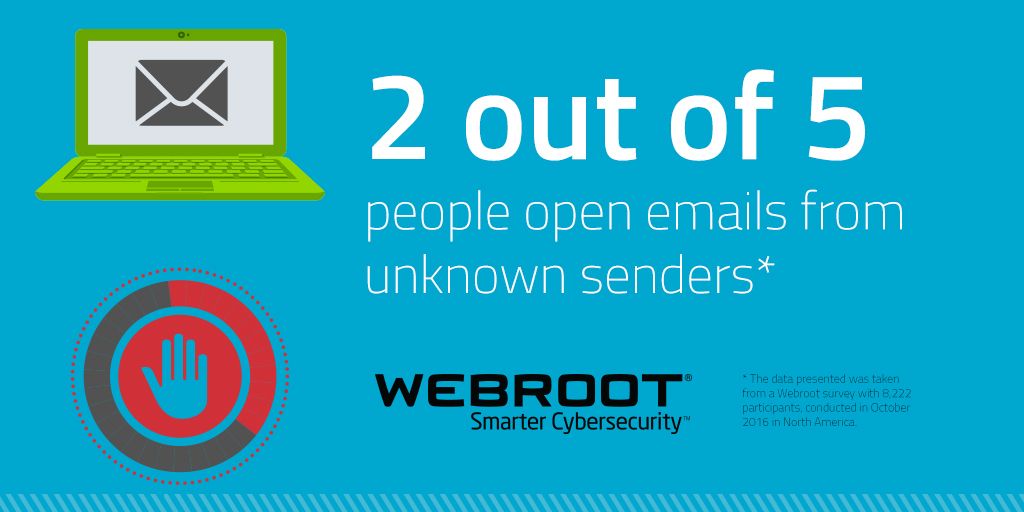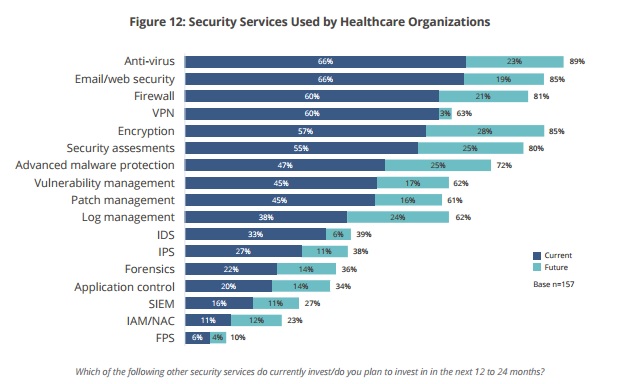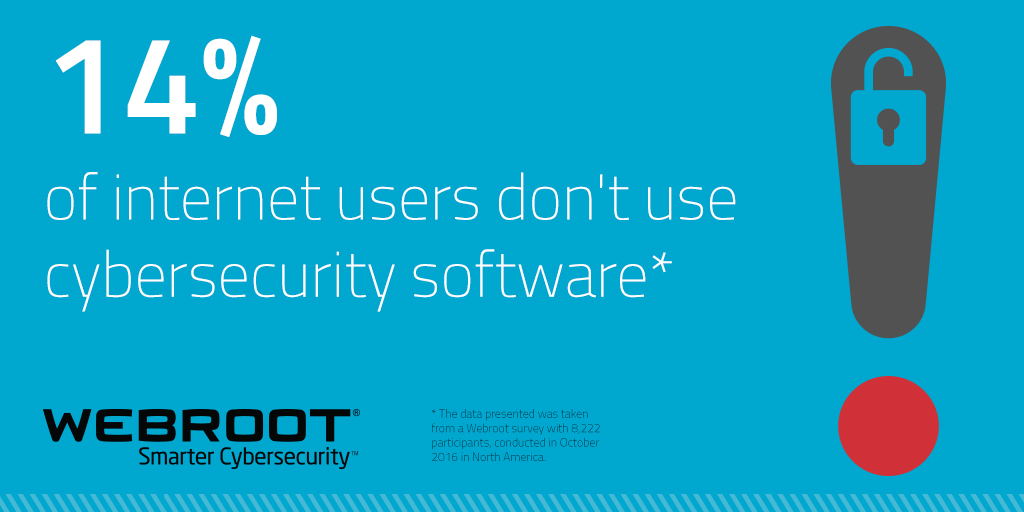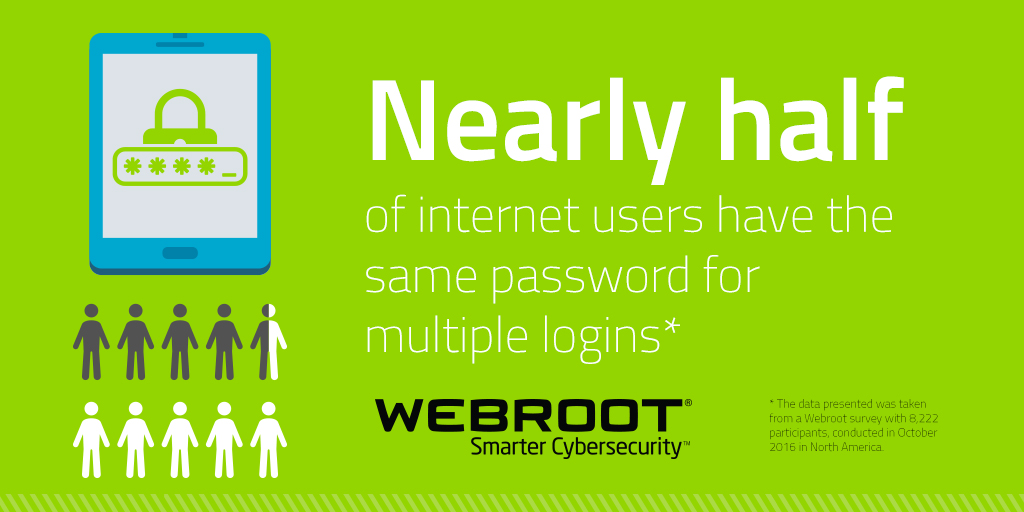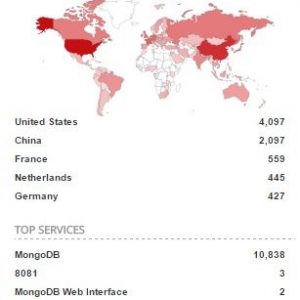Have you ever been out with friends, had a little too much to drink, and left your credit card in a bar? Or maybe you thought you’d stowed your child’s social security card safely away in your desk drawer, but now you can’t find it. It may seem like losing these items is just an inconvenience, but the reality is that simple slip-ups like these can spell disaster for you and your family.
According to NBC News, more than 15 million Americans were victims of identity theft last year alone, up 16 percent from 2015. And stolen credit or social security cards are just a couple of the ways identity thieves can invade your personal life, dealing major blows to your finances and even your reputation.
Unfortunately, the culprits behind identity theft can be anyone from family, friends, and neighbors to sophisticated cybercriminals.
“Most cybercriminals use automated tools to steal thousands, if not millions, of IDs at a time. Ensuring you have unique passwords for financial sites, avoiding public Wi-Fi in hotels and airports, and keeping backups of all your data are all important steps toward protecting yourself from identity theft. Finally, having a current, layered antivirus solution that not only protects against malicious files like ransomware, but also prevents phishing attacks and protects online browsing can close the loop on cybercriminals trying to do your and your family harm.”
-David Dufour, Senior Director of Engineering, Webroot
We recently took to the streets of Denver to get a feel for how average Americans are staying safe from identity theft. Their responses were not so surprising.
How to protect yourself from identity theft
With these types of malicious acts making the news more frequently than ever, why are people not taking more precautions with their identity? That’s not something we can answer, but we can give you a few tips on how to be safer with your identity:
- Don’t send or receive private data over unsecured Wi-Fi networks or in public spaces.
- Keep personal data encrypted when stored on devices.
- Safely store (or destroy) physical documents that contain your private information, from credit cards to mail.
- Freeze your credit. It sounds scary, but it isn’t. Freezing your score makes it harder for a criminal to open a new credit card account or take out a loan in your name. The FCC provides details on their website.
- Know your credit score. There are many free services that help you keep track of your credit score, and make sure nothing phishy is going on.
- Make sure all your devices are installed with up-to-date cybersecurity that protects you from all knows threats in real-time.
If you’re looking for more ways to protect yourself from identity theft, the federal government has a few more tips.
What if I’ve been a victim of identity theft?
The Federal Trade Commission has a useful one-stop-shop to help you repair the damage and recover from identity theft. The task may seem daunting, but at the end of the day, your identity is yours—and it should stay yours.






